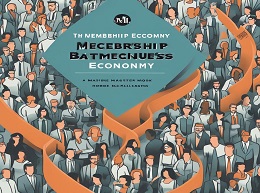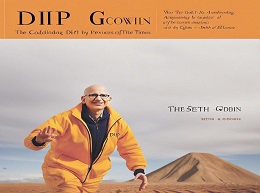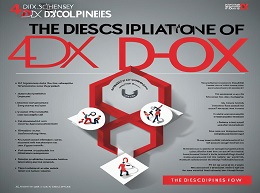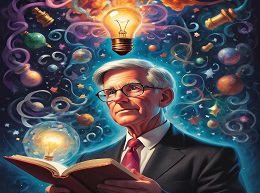The Innovator's Dilemma
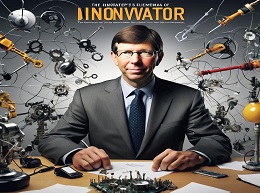
"The Innovator's Dilemma" by Clayton Christensen is a seminal work that explores the challenges faced by established companies in the face of disruptive innovation. Christensen argues that successful companies often fail not because they lack talent or resources, but because they are unable to adapt to disruptive changes in their industries. In this comprehensive review, we'll delve into the key concepts of "The Innovator's Dilemma," provide real-world examples, and reveal strategies for navigating disruption and driving innovation in today's fast-paced business landscape.
Understanding Disruptive Innovation:
Christensen introduces the concept of disruptive innovation—a process by which new technologies or business models disrupt existing markets and industries.
Example:
The rise of digital photography disrupted the traditional film photography industry, with companies like Kodak failing to adapt to the shift in consumer preferences and technology.
The Innovator's Dilemma:
Christensen explores the dilemma faced by established companies when disruptive technologies threaten their existing business models.
Example:
Nokia, once a dominant player in the mobile phone industry, struggled to compete with the emergence of smartphones like the iPhone, as its focus on traditional mobile phone technology became obsolete in the face of disruptive innovation.
Sustaining vs. Disruptive Innovation:
Christensen distinguishes between sustaining innovation, which involves incremental improvements to existing products or services, and disruptive innovation, which creates entirely new markets or value networks.
Example:
Netflix disrupted the traditional video rental industry with its subscription-based streaming service, fundamentally changing the way people consume and access entertainment content.
The Importance of Customer Feedback:
Christensen emphasizes the importance of listening to customer feedback but warns against relying too heavily on it when pursuing disruptive innovation.
Example:
Blockbuster, the once-dominant video rental chain, failed to anticipate the shift to online streaming and dismissed the potential threat posed by Netflix, despite feedback from customers expressing dissatisfaction with late fees and limited selection.
Overcoming the Innovator's Dilemma:
Christensen offers strategies for established companies to overcome the innovator's dilemma and successfully navigate disruptive innovation.
Example:
Amazon embraced disruptive innovation by diversifying its business beyond e-commerce into cloud computing, artificial intelligence, and digital streaming, positioning itself for long-term growth and sustainability.
Creating a Culture of Innovation:
Christensen discusses the importance of fostering a culture of innovation within organizations and empowering employees to experiment and take calculated risks.
Example:
Google's "20% time" policy, which allows employees to spend a portion of their workweek on passion projects, has led to the development of innovative products like Gmail and Google Maps.
In conclusion, "The Innovator's Dilemma" is essential reading for business leaders seeking to understand and navigate disruptive innovation in today's rapidly evolving marketplace. By embracing disruptive change, listening to customer needs, and fostering a culture of innovation, companies can adapt and thrive in the face of disruption, ensuring long-term success and sustainability.

